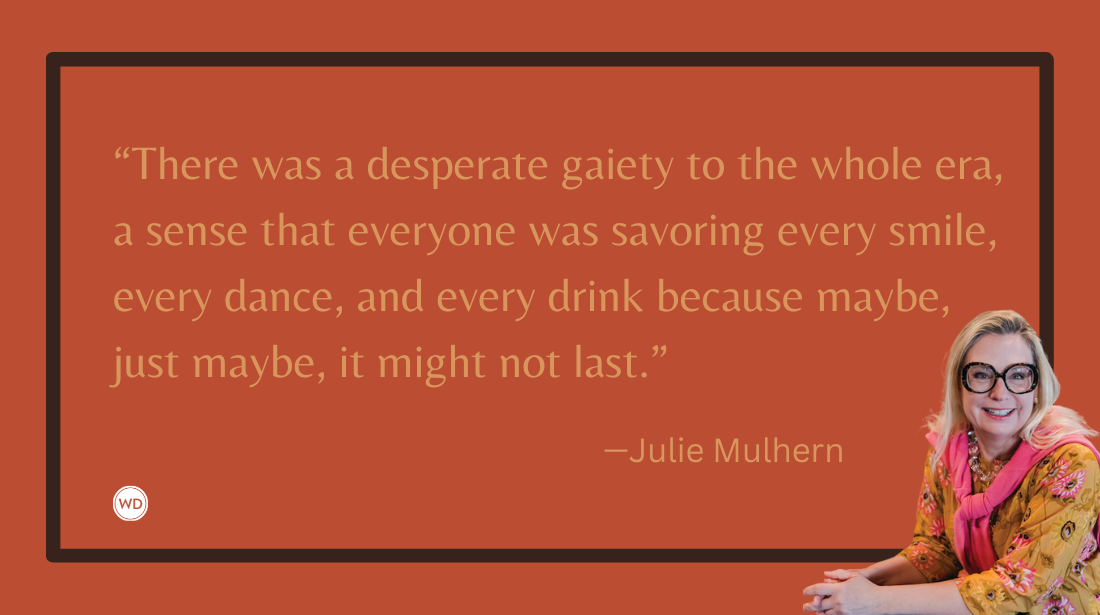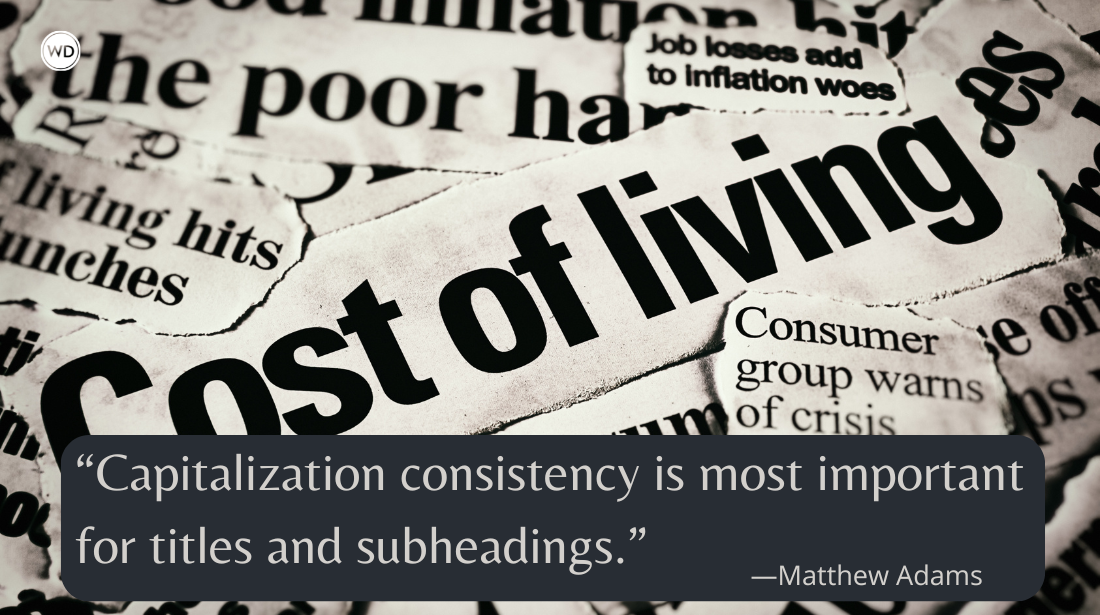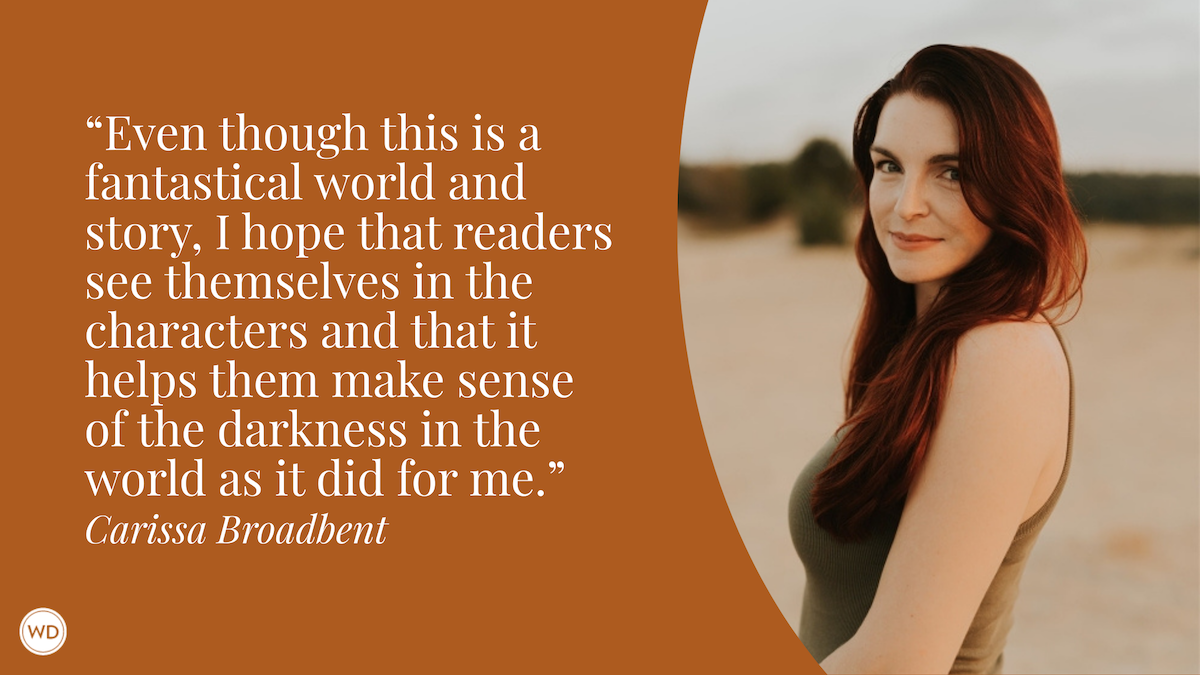Misdirection Is the Secret Sauce of Plot Twists and Surprise Endings
Author Robert McCaw shares tips on how to apply misdirection to any story as a secret sauce for plot twists and surprise endings in fiction.
Misdirection in fiction has a long and hallowed history, from Sophocles' tragedy Oedipus Rex to Shakespeare's Othello to the revelation of Darth Vader's identity in Star Wars. J. K. Rowling opined that "misdirection is the key to a good story." Margaret Atwood refers to misdirection as a "powerful tool."
As the author of the Koa Kāne Hawaiian Mystery series, I love to incorporate misdirection in my novels. It works like magic to lead the reader to anticipate one scenario only to be surprised when something dramatically different unfolds. But misdirection needs careful crafting and reinforcement to be effective.
Think of two stories involving the same characters and settings—one that progresses step by step to a logical conclusion and a second version that arrives at a diametrically different ending—then subtly mix them together. Let the first version lead the reader down the wrong path while characters expose thoughts and take actions, dropping hints that serve as the fulcrum for the transition to what will be the surprise ending taken from the second story.
Misdirection also requires subtlety. The reader will feel crassly manipulated if the surprise ending arrives without sufficient hints or foreshadowing. Ideally, good misdirection makes the reader look back at various telltale clues peppered throughout the story, hopefully leading them to admire the author's skill in setting up and obscuring the ultimate surprise.
Primary plot misdirection leads to surprise endings, but the technique can also facilitate twists in the main plot or subplots. Such twists hopefully keep the reader engaged, but like too many intertwined stories or too many characters, too much misdirection can obscure the principal themes and may confuse the reader. So, too much secret sauce can spoil the dish!
Merging the conflicting narratives requires deftly manipulating the tools of misdirection. These include creating characters who pursue false assumptions, are driven by hidden motives and mislead or lie to cover up their faults. These players may also have faulty memories, speak ambiguously, take unexpected actions, and show different faces in different settings. Their common human foibles—such as insecurity, arrogance, greed, selfishness, fear, jealousy, family-relationship secrets, or misplaced loyalty—help hide the ball until the final reveals. Red herrings—clues heading nowhere—can likewise often lead readers astray but must be used wisely.
For example, false assumptions and lies abound in Treachery Times Two, the fourth in the Koa Kāne series. One of the characters has a made-up background, and secret jealousy poisons another's friendship. All these deceptions are critical to the surprise ending, but all present clues about what is to come.
Order Robert McCaw's Treachery Times Two today.
While character traits are critical in setting up persuasive misdirection, setting, action, ambiguous evidence, conflict, and circumstances create opportunities both to reinforce the impression you want the reader to take away and to provide hints of your future reveal.
For example, in Retribution, the fifth and newest book in the Koa Kāne series, the knife used in an alleyway murder and the rifle used in an attempted assassination carry implications designed to mislead the reader.
In detective stories and police procedurals, bureaucracy often serves as an errand boy for misdirection. Messages get lost, forensic technicians miss clues, competing assignments, and departmental politics—what Michael Connelly labels as "high jingo" in the Harry Bosch novels—add countless opportunities for unexpected twists.
Another of my favorite techniques is the false or penultimate ending. In this case, the narrative comes to a neat close. The protagonist solves the mysteries and identifies the culprit. There are no loose strings. The story is over, except it's not. Instead, another chapter surprises the reader with a new and different take on the ending, often creating the opportunity to begin a new story, perhaps in another book. And who knows, perhaps now the final ending of Retribution may even surprise you.
Robert McCaw is the author of Fire and Vengeance, Off the Grid, and Death of a Messenger. McCaw grew up in a military family, traveling the world. He is a graduate of Georgetown University, served as a U.S. Army lieutenant, and earned a law degree from the University of Virginia. He was a partner in a major international law firm in Washington, D.C. and New York City, representing major Wall Street clients in complex civil and criminal cases. Having lived on the Big Island of Hawaii, McCaw imbues his writing of the Islands with his more than 20-year love affair with this Pacific paradise. He now lives in New York City with his wife, Calli.









